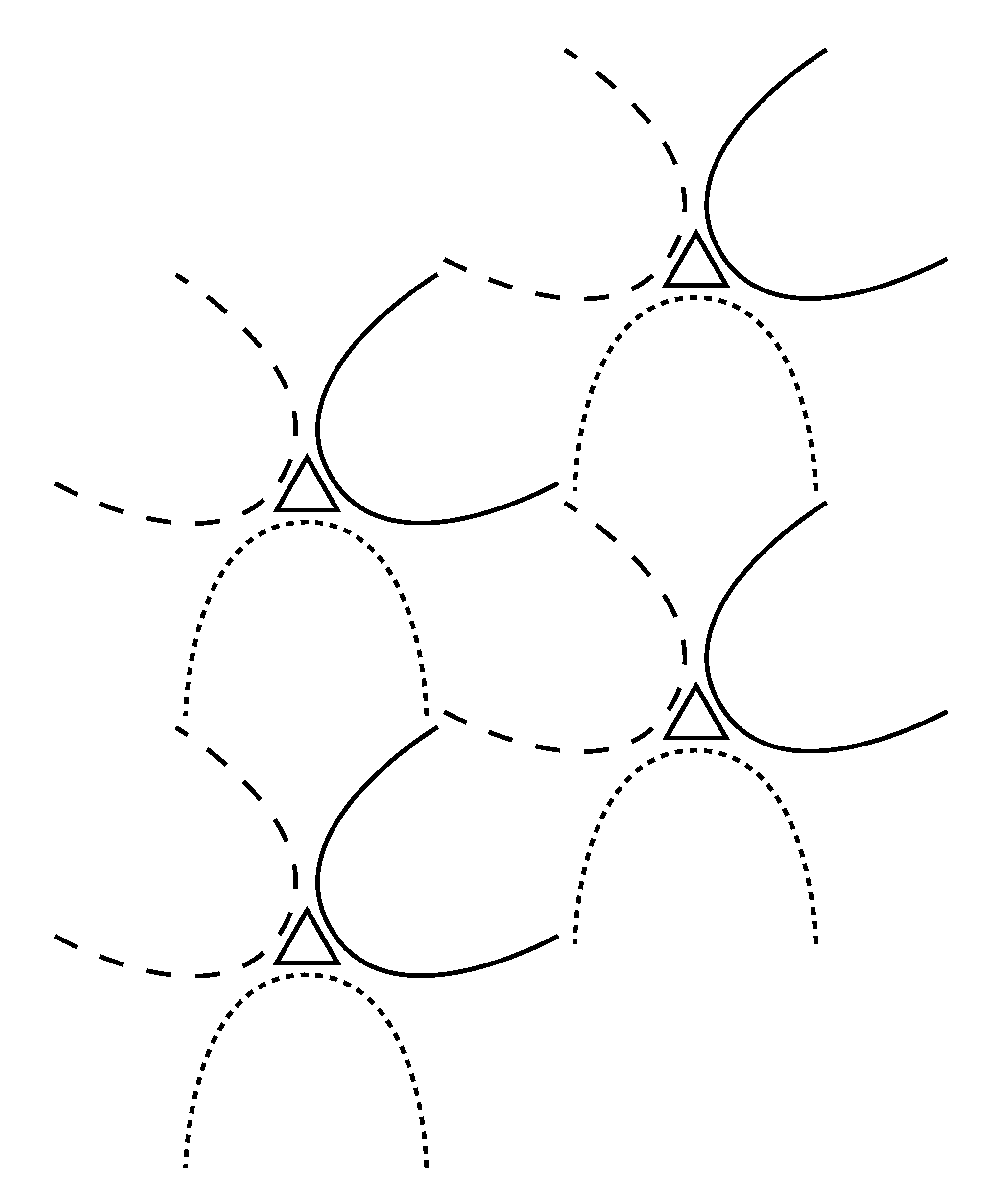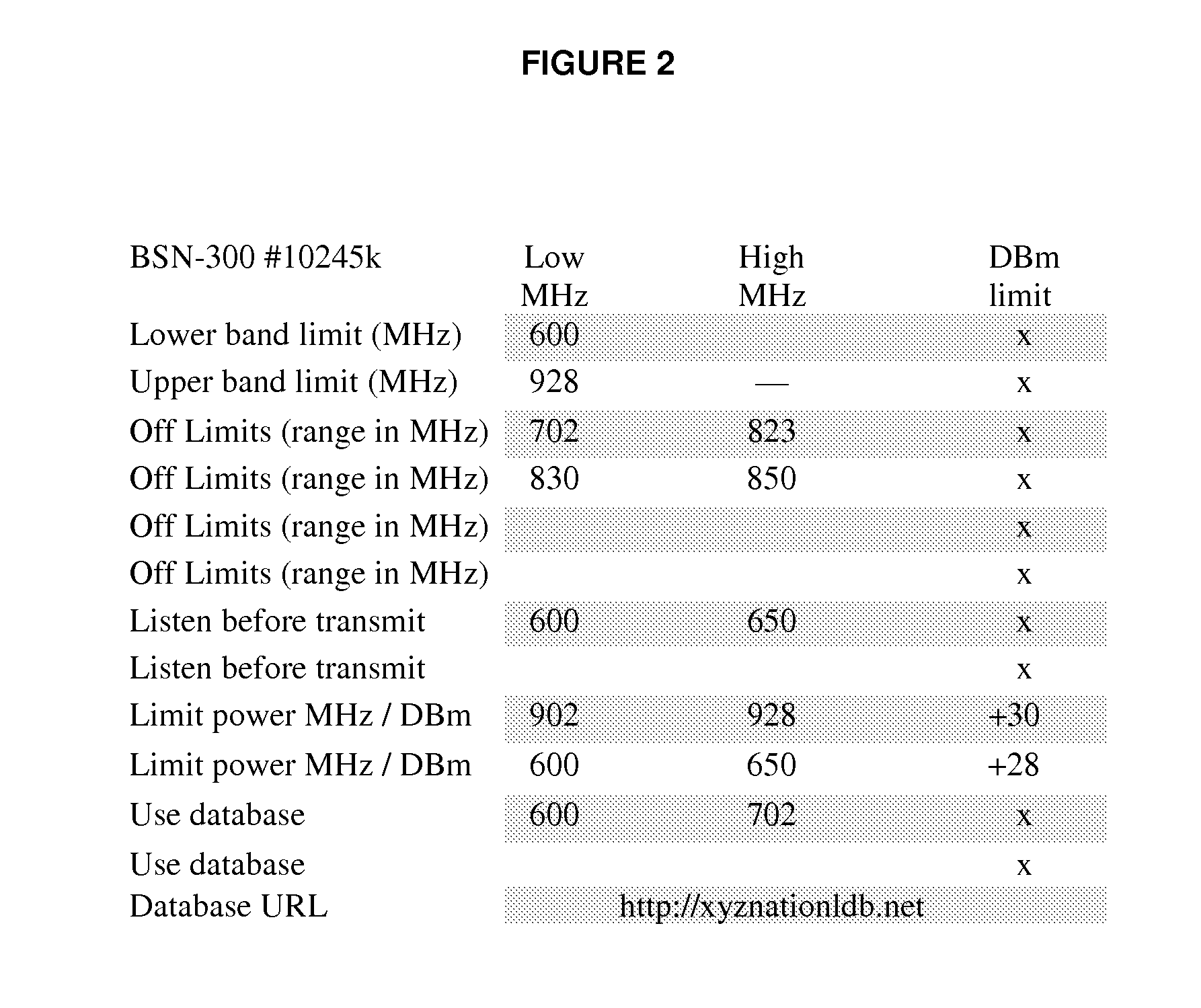Band masking of self organizing cellular networks
a cellular network and self-organizing technology, applied in the field of band masking of self-organizing cellular networks, can solve the problems of reducing limiting the total number of frequencies, and thus the total radio bandwidth per, and imparting an added cost to the network, so as to simplify and speed network engineering, saving a large amount of the considerable cost
- Summary
- Abstract
- Description
- Claims
- Application Information
AI Technical Summary
Benefits of technology
Problems solved by technology
Method used
Image
Examples
Embodiment Construction
[0013]By way of example, the invention disclosed in this application is applied to a method of air interface design developed by xG Technology, Inc. and is now known by its commercial designation, xMax. The current architecture for a commercial xMax network is a cellular model. It's the familiar three sector, geodesic deployment in which each sector broadcasts signals to ⅓rd of the 360 degree arc. Cells are positioned, ideally, so that sectors provide multiple re-enforcing signals from multiple directions to any given potential user location. Thus, channels are available to be received regardless of nearby shadowing.
[0014]In the xMax system, each sector can transmit and receive on 6 of up to 18 available channels. xMax is a TDMA system (Time Division Multiple Access). The channel allocation is pre-engineered for each sector. For instance solid line sectors might use channels 0,3,6,9,12 and 15 while the dashed sectors use channels 1,4,7,10,13 and 16 and dotted sectors use 2,5,8,11,14...
PUM
 Login to View More
Login to View More Abstract
Description
Claims
Application Information
 Login to View More
Login to View More - R&D
- Intellectual Property
- Life Sciences
- Materials
- Tech Scout
- Unparalleled Data Quality
- Higher Quality Content
- 60% Fewer Hallucinations
Browse by: Latest US Patents, China's latest patents, Technical Efficacy Thesaurus, Application Domain, Technology Topic, Popular Technical Reports.
© 2025 PatSnap. All rights reserved.Legal|Privacy policy|Modern Slavery Act Transparency Statement|Sitemap|About US| Contact US: help@patsnap.com



